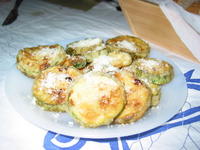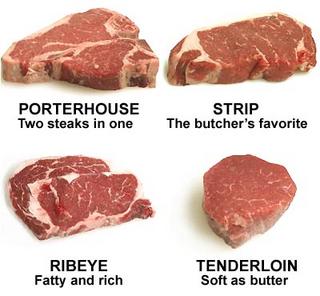I had been wanting to see this movie since I had first heard about it in a review in the
Boston Globe a few months ago. The movie came to the local independent movie house, and a good crowd was on hand for the first of three showings. I've been interested in the wine industry for a number of years now, ever since a family vineyard sprouted up on an old farm in the town next to where I grew up. They produce wine at the
Flag Hill Winery, one of only a couple places in NH to do so.
Small, family owned wineries are part of the focus of Mondovino, as well as the corporate giants such as
Robert Mondavi in this semi-documentary about the industry. Filmed with handheld cameras, I initially wondered if I was going to make it through the two and half hours of the theatrical release. (I read somewhere that an upcoming special edition DVD will have over 10 hours of footage.) However, once I got into the story - and that does take a little effort - I hardly noticed the camera work.
The industry certainly has its characters, starting with the "winemaker to the world" Michel Rolland, who is a consultant to winemakers in I believe 11 different nations. Rolland is a gregarious, laughing, chainsmoking man who is filmed mainly in his car as he is driving from vineyard to vineyard, oftentimes the filmmaker only shows him advising the management of whichever winery he is at to do another round of
micro-oxygenation on a disappointing batch of wine. It seems that the impression is being given that this is about the extent of the "advice" that Rolland gives to many of the smaller places for which he consults.
Wine critic
Robert Parker is also featured, and he is much more low-key than Rolland, but it is clear that many feel that Parker's preferences are far too powerful for the good of the industry. Parker prefers powerful fruity wines with deep, intense color. His influence has caused many smaller wineries to change their style in order to please Parker. The conclusion is that this is causing the varieties of wine around the world to be narrowed, with some unique vintanges even being put out of existence.
Much of the movie however revolves around Mondavi. The company wanted to acquire large parcels of land in France and partner there with the established wineries, but are denied entrance when the friendly mayor is voted out and the new mayor - a communist - wants nothing to do with them. They eventually move on to Italy and find a partner there, after courting and leaving at the alter their original targeted partner. One of the most telling moments for me of the film and the influence of Mondavi was a shot of an Italian shopkeeper. He shows us a shelf of wines from the region...he says they are all the same. Then he points to the bottle with the label of the winery that Mondavi partnered with in Italy. The price was 115 Euros. He notes that the year before, the exact same wine was only 35 Euros.
The contrast between the large and small wineries are evident. Battista and Lina Columbu in Sardinia,
Hubert de Montille in Burgundy,
Aime Guibert,(who led the charge to keep Mondavi out of France) and Yvonne Hegoburu (Who planted vines after her husband died and now gives all her love to the vines.) stand in contrast to the Mondavi's and to the Mondavi-Rothschild partnership in The
Opus One Winery, and also the
Staglin Family Winery. The latter winery provided a particularly cringe-inducing moment when Mrs Staglin attempting to convince the audience that their Mexican staff are much more than workers...they're family...the Staglins know them by name, and they annually give them t-shirts, hats or jackets!
The movie is not for everyone, you probably need to be "into" wine in a major way for this movie to hold your attention for the entire running time. I enjoyed it, but I also noticed quite a few people getting up and leaving during the course of the movie. I suspect that they were perhaps expecting more of a "Sideways" type experience. If you have a passion for wine, the making of it and want a picture (not always neutral) of what the industry is like, you'll enjoy Mondovino.






